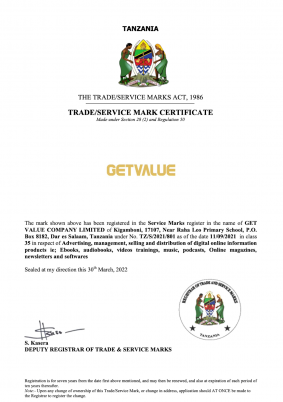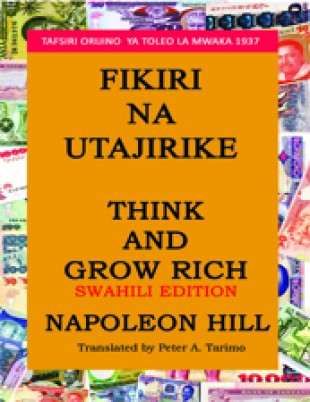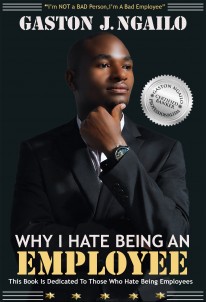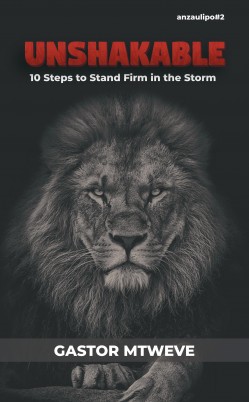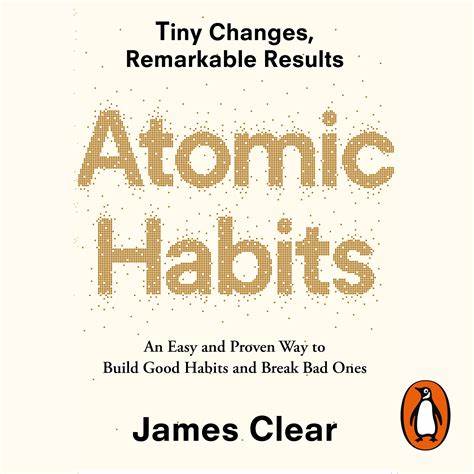
ATOMIC HABIT
Daily Habits deftermine who you will become in future
The entrepreneur and investor Naval Ravikant has said, “To write a great book,
you must first become the book.” I originally learned about the ideas mentioned
here because I had to live them. I had to rely on small habits to rebound from my
injury, to get stronger in the gym, to perform at a high level on the field, to
become a writer, to build a successful business, and simply to develop into a
responsible adult. Small habits helped me fulfill my potential, and since you
picked up this book, I’m guessing you’d like to fulfill yours as well.
In the pages that follow, I will share a step-by-step plan for building better
habits—not for days or weeks, but for a lifetime. While science supports
everything I’ve written, this book is not an academic research paper; it’s an
operating manual. You’ll find wisdom and practical advice front and center as I
explain the science of how to create and change your habits in a way that is easy
to understand and apply.
The fields I draw on—biology, neuroscience, philosophy, psychology, and
more—have been around for many years. What I offer you is a synthesis of the
best ideas smart people figured out a long time ago as well as the most
compelling discoveries scientists have made recently. My contribution, I hope, is
to find the ideas that matter most and connect them in a way that is highly
actionable. Anything wise in these pages you should credit to the many experts
who preceded me. Anything foolish, assume it is my error.
The backbone of this book is my four-step model of habits—cue, craving,
response, and reward—and the four laws of behavior change that evolve out of
these steps. Readers with a psychology background may recognize some of these
terms from operant conditioning, which was first proposed as “stimulus,
response, reward” by B. F. Skinner in the 1930s and has been popularized more
recently as “cue, routine, reward” in The Power of Habit by Charles Duhigg.
Behavioral scientists like Skinner realized that if you offered the right reward
or punishment, you could get people to act in a certain way. But while Skinner’s
model did an excellent job of explaining how external stimuli influenced our
habits, it lacked a good explanation for how our thoughts, feelings, and beliefs
impact our behavior. Internal states—our moods and emotions—matter, too. In
recent decades, scientists have begun to determine the connection between our
thoughts, feelings, and behavior. This research will also be covered in these
pages.
In total, the framework I offer is an integrated model of the cognitive and
behavioral sciences. I believe it is one of the first models of human behavior to
accurately account for both the influence of external stimuli and internal
emotions on our habits. While some of the language may be familiar, I am
confident that the details—and the applications of the Four Laws of Behavior
Change—will offer a new way to think about your habits.
Human behavior is always changing: situation to situation, moment to
moment, second to second. But this book is about what doesn’t change. It’s
about the fundamentals of human behavior. The lasting principles you can rely
on year after year. The ideas you can build a business around, build a family
around, build a life around.
There is no one right way to create better habits, but this book describes the
best way I know—an approach that will be effective regardless of where you
start or what you’re trying to change. The strategies I cover will be relevant to
anyone looking for a step-by-step system for improvement, whether your goals
center on health, money, productivity, relationships, or all of the above. As long
as human behavior is involved, this book will be your guide.
Sold by: Lackson Tungaraza
Sold by: Lackson Tungaraza











